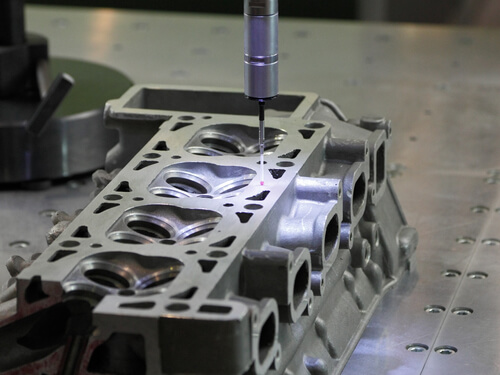A coordinate measuring machine, frequently referred to as a CMM, is an integral player in the world of parts inspection and quality control procedures. In order for a product to meet with customer approval, it must first meet the requirements set forth by parts inspection and quality control. In metrology, a CMM is one of the most common pieces of equipment used during inspections. It is, in fact, very much in demand be at the metrology lab or the production floor.
Because the lab and the production floor are not located in the same place, it becomes necessary to transport and transfer the coordinate measuring machine. This is where you can run into problems. Many of the parts are large and the process of moving a CMM from one place to the other is arduous and long. What happens all too often is that bottleneck issues arise during transport, and that means a work slowdown. How can this be avoided?





